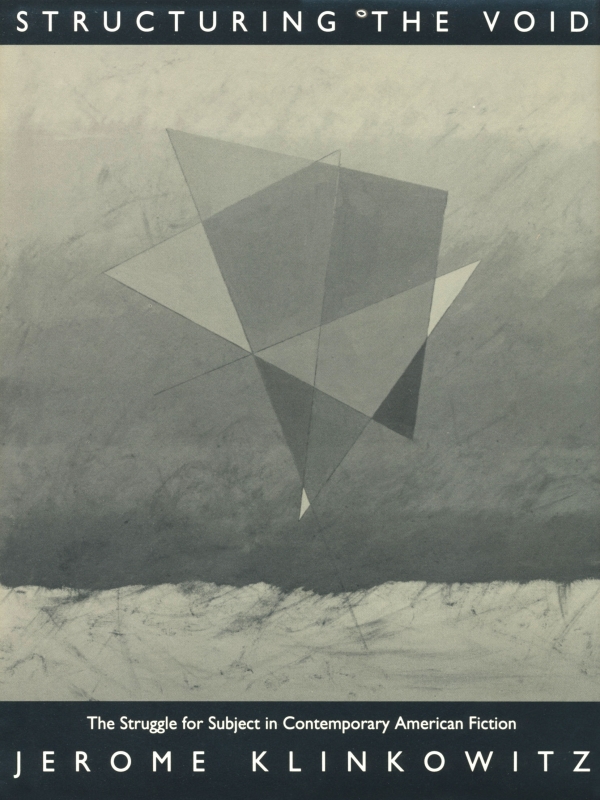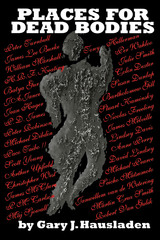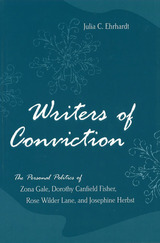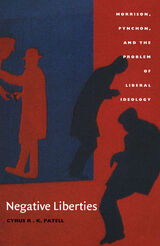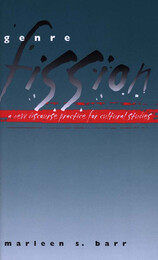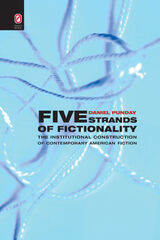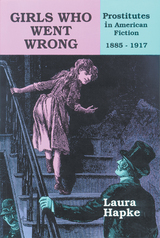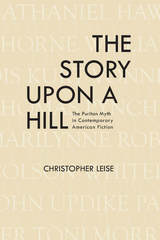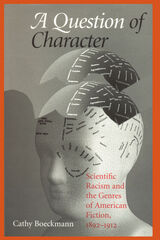Structuring the Void: The Struggle for Subject in Contemporary American Fiction
Duke University Press, 1992
Cloth: 978-0-8223-1205-5 | eISBN: 978-0-8223-9939-1
Library of Congress Classification PS374.P64K5 1992
Dewey Decimal Classification 813.5409
Cloth: 978-0-8223-1205-5 | eISBN: 978-0-8223-9939-1
Library of Congress Classification PS374.P64K5 1992
Dewey Decimal Classification 813.5409
ABOUT THIS BOOK | AUTHOR BIOGRAPHY | REQUEST ACCESSIBLE FILE
ABOUT THIS BOOK
If, as the literary theorists of postmodernism contend, “content” does not exist, then how can fiction continue to be written? Jerome Klinkowitz, himself a veteran practitioner and theorist of fiction, addresses this question in Structuring the Void, an account of what today’s novelists and short story writers do when they produce a fictive work. Klinkowitz’s focus is on the way in which writers have turned this lack of content itself into subject matter, and, by thus “structuring the void,” have created a new form of fiction.
Among the writers Klinkowitz discusses are Richard Brautigan, Kurt Vonnegut, Max Apple, Saul Bellow, Erica Jong, Susan Quist, Gerald Rosen, Rob Swigart, and Grace Paley. He shows how, in the absence of subject matter, these writers persist in the act of structuring—by organizing autobiography as a narrative device, ritualizing national history and popular culture, or formalizing a comic response to a new imaginative state, the state of California. Klinkowitz also considers subjects such as gender and war, which, though they cannot be represented, nevertheless exercise contraints on a writer’s intention to structure.
What emerges from Klinkowitz’s analysis is a clear sense of what today’s fiction—and fiction writing—is about. As such, Structuring the Void will prove invaluable to anyone with an interest in contemporary literature.
Among the writers Klinkowitz discusses are Richard Brautigan, Kurt Vonnegut, Max Apple, Saul Bellow, Erica Jong, Susan Quist, Gerald Rosen, Rob Swigart, and Grace Paley. He shows how, in the absence of subject matter, these writers persist in the act of structuring—by organizing autobiography as a narrative device, ritualizing national history and popular culture, or formalizing a comic response to a new imaginative state, the state of California. Klinkowitz also considers subjects such as gender and war, which, though they cannot be represented, nevertheless exercise contraints on a writer’s intention to structure.
What emerges from Klinkowitz’s analysis is a clear sense of what today’s fiction—and fiction writing—is about. As such, Structuring the Void will prove invaluable to anyone with an interest in contemporary literature.
See other books on: Contemporary American Fiction | Klinkowitz, Jerome | Literary form | Postmodernism (Literature) | Void
See other titles from Duke University Press
